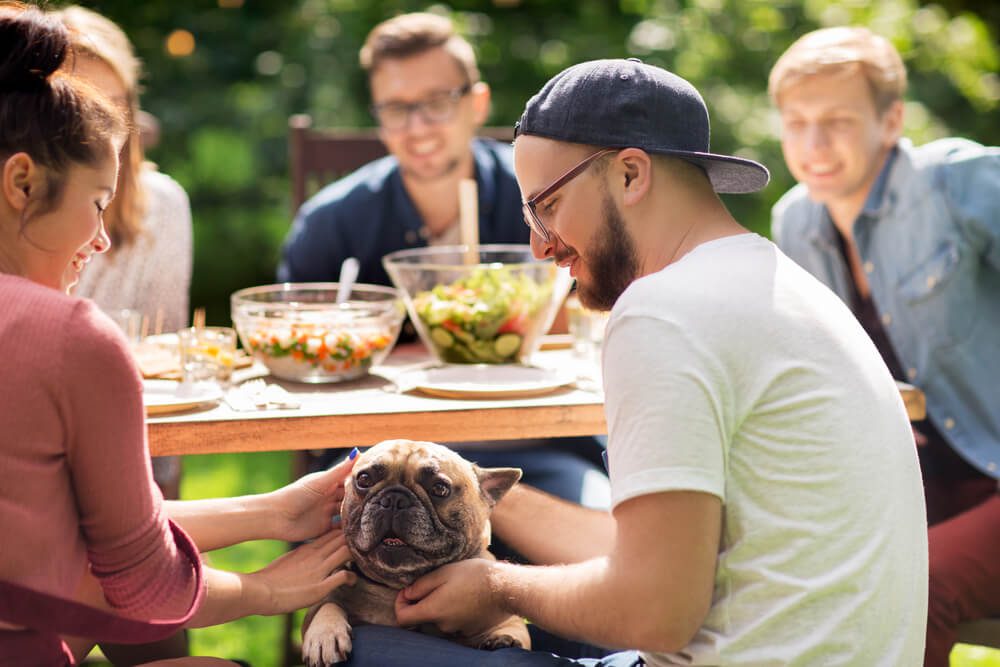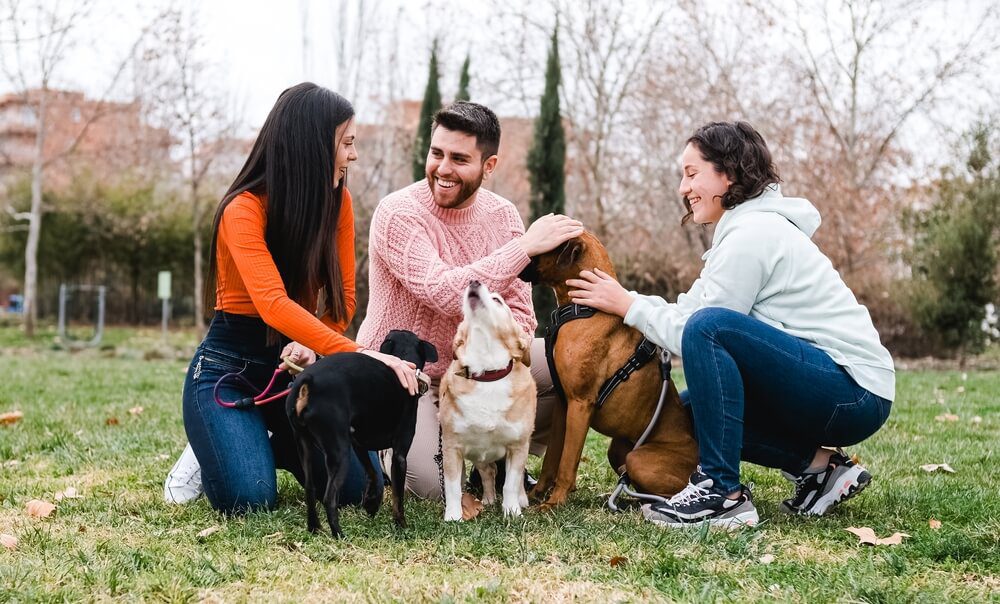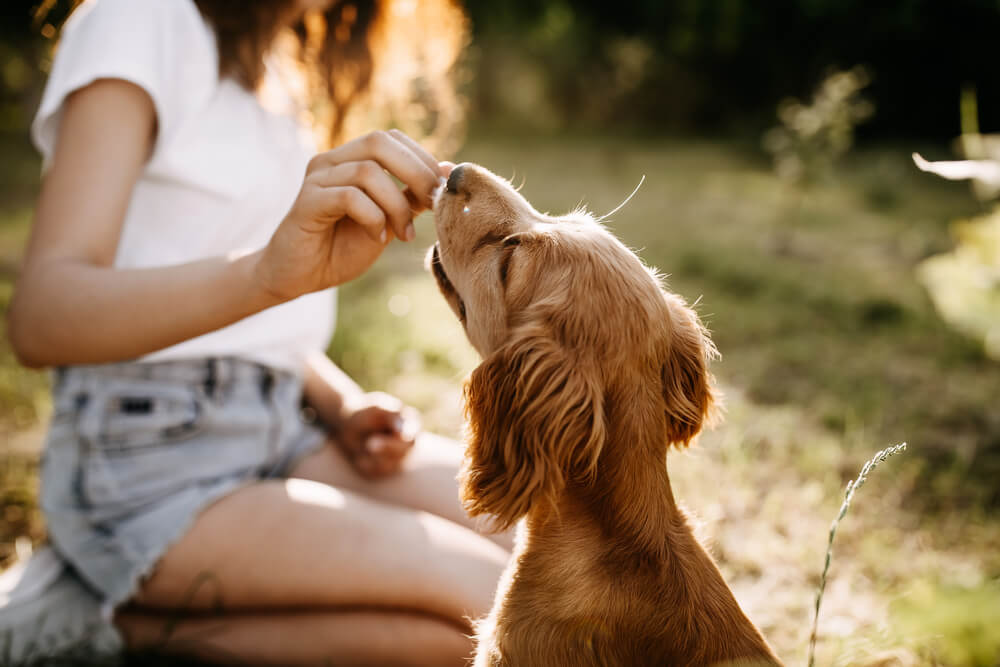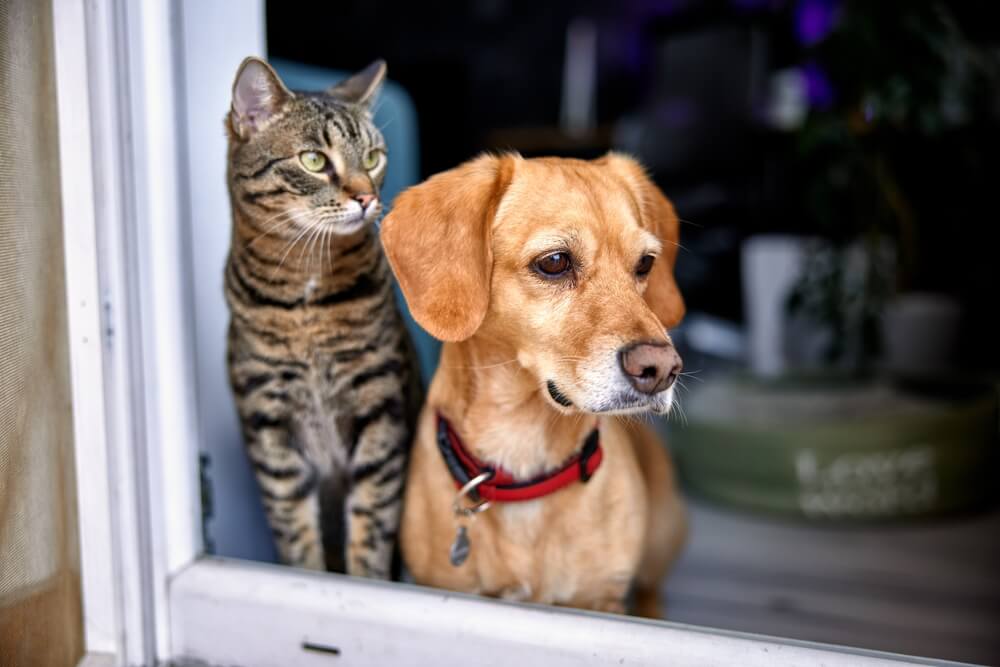How to Socialize a Dog
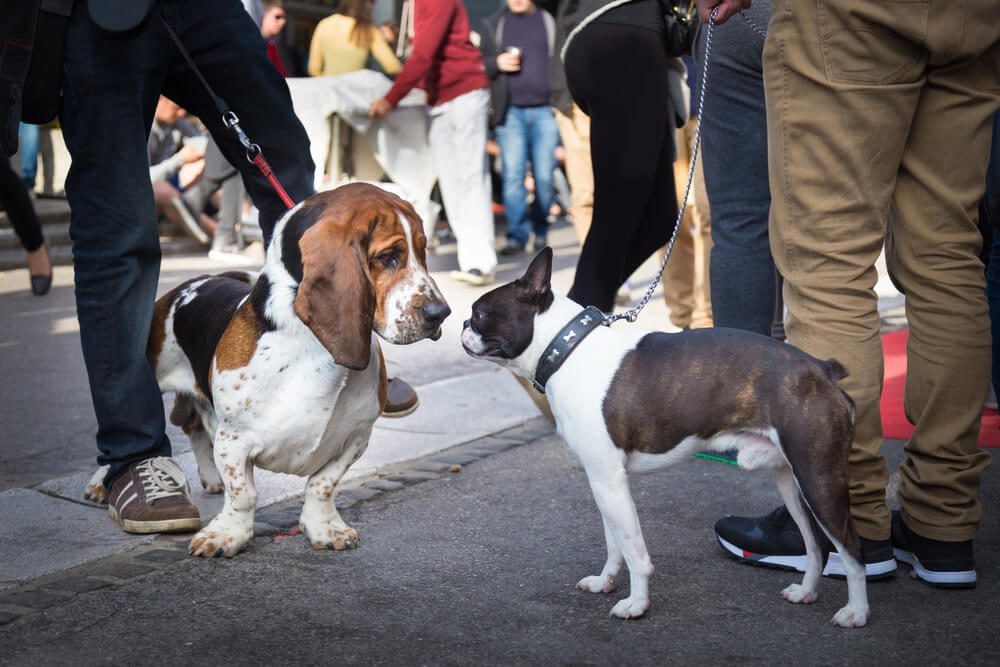
Table of Contents
How to Socialize a Dog
What is Dog Socialization?
Dog socialization is the process of training your dog on how to behave in various social and everyday settings. Often this can include puppy socialization, or teaching an older dog, how to behave around unfamiliar people, other pets, in off-leash situations, and in various settings.
The best time to socialize a dog is when they are a puppy. However, dog owners can still socialize an adult dog with positive reinforcement and dog training.
Why is Socializing Your Dog Important?
Proper socialization of your pet prepares them for everyday encounters. When you train your dog to behave in various settings, they’re well-adjusted, confident, well-behaved, and pleasant.
Here are the benefits of socializing your dog:
- Fewer negative experiences: Socialized dogs rarely have separation anxiety, and it reduces their chances of running away due to fear or anxiety.
- Confidence in dog behavior: You can have confidence that your dog will behave and have tolerance for children and new people without acting out or biting.
- Increased tolerance for everyday moments: From vet visits to car rides and thunderstorms, social pups have a tolerance for new sights, sounds, and situations.
- Behavior in public spaces: Restaurants, airlines, or dog parks become a breeze when your dog is confident around new situations.
- You can grow your family: Socialized dogs are more adaptable to new pets or family members. This results in stronger bonds and companionship.
- You’ll have more independence: If you want or need to travel or have extended periods away from home, you can leave your socialized pet with someone unfamiliar, and they’ll adjust more quickly.
- Your dog will live longer: Behavioral issues trump infectious diseases when it comes to the leading cause of death in dogs under three years of age.
Tip: If your dog is raising their hackles (hair on their back) when an unfamiliar person approaches them, they need some help to see the situation as non-threatening. Reading your dog’s body language can indicate your pet’s response and need for socialization.
Behavioral Issues Resulting from Lack of Socialization
Behavioral issues in dogs can vary, but generally, your pet may be prone to general fear and anxiety of new, unfamiliar situations and people. They could be reactive to other dogs, young children, new people, places, sounds, and sightings. Your pet could develop fear over loud noises, like fireworks or thunder, and car rides.
Other dogs may display their anxiety by being overly excited or aggressive. Some pets become possessive or protective over their dog food, bowl, toys, or even their owner and can display unpleasant characteristics to those who impose on their comfort zone.
All of these behavioral issues make everyday life with your pet challenging. Dogs socialized during the socialization period (before 16-20 weeks of age) are less likely to develop behavioral issues later in life.
How to Socialize Your Dog
Below we will discuss the everyday things you can do to help your pet become socialized. Before embarking on your mission to take your dog into new environments, ensure they’re up-to-date on their vaccinations and are dewormed.
Walks
Walking your pet is excellent for exercise, but it’s equally important for exposing your dog to various smells, sounds, people, places, and social encounters with other dogs. While exercising your pet indoors and at home may be more convenient, walking your dog in public will pay off in helping them gain a positive association with various settings.
When walking your pet, practice correct behavior on how to walk on the leash, rewarding them for positive behavior and gently discouraging reactions like excessive barking, growling, or pulling on the leash. Remain calm and remove your pet from potentially stressful situations rather than force exposure, as this can create a negative experience associated with walks.
Dog Park
Introducing your pet to other dogs at the dog park helps them to adjust to fellow canines and a variety of people. At first, stand at a distance and watch other pets and their owners. Remain calm so your pooch can see that you’re relaxed about the situation. Observing through the fence is an excellent first step to eventually engaging and playing in the park.
Pet Store
Taking your dog to pet-friendly stores is a good way to expose them to various stimuli. Next time you need to grab some dog food, take your dog along. Your dog can smell delicious eats and treats, and the shop teller may even give them one.
While you’re there, a pet store is a good place to find out about training classes, people looking for play dates, dog walkers, and doggie daycares in your area.
Playdates
Make a weekly date to meet a friend with their pet. With regular puppy playdates and moments to run together, your dog can learn to share and become polite and friendly towards other animals.
Reward your pet for good behavior or positive interactions, even if they keep their distance in the beginning. Treat them if they’re calm and curious, and they’ll slowly warm up to making friends.
Training Classes
Puppy classes can start when your new dog is only seven weeks old. But old dogs can also learn new tricks, and many dog obedience training classes will accommodate your teen or adult dog.
It would be best to find a dog trainer skilled in socializing older dogs if this is what your dog needs. An obedience or training class provides a safe and controlled setting for your dog to learn to socialize and have a positive experience with other pets. Once your dog has learned a few commands and behavioral skills, it will be better equipped to visit a park or daycare.
Puppy Kindergarten
Puppy kindergarten often includes lessons in socialization, impulse control, potty housetraining, crate time or alone training, and more. Young dogs are much easier to train, and buying your pet from a breeder who has offered socializing and related skills is hugely beneficial.
Doggie Daycare
Once your dog has learned how to socialize and engage with society, you need to maintain its new skills. Doggie daycare is a great place to do this as they can flex their social skills, engage with other dogs, and you can have confidence that they’re well taken care of by experienced staff.
Tips for Socializing a New Puppy
Here are some tips for when you wish to socialize your new puppy.
- Start early, even as early as three weeks of age
- When adopting a puppy, ask for a pre-and post-adoption socialization plan
- Find out if their breeder socialized them at all
- Invite guests over from day one at their new home with you
- Take them to meet the vet and have their vaccinations before going to places with other animals
- Take your puppy to new places like family events with small kids and other pets
- Teach them to share their toys
- Touch their food bowl often
- When out, have a basket or space for your puppy to nap
- Remove your puppy from situations that distress them
Tips for Socializing an Old Dog
Encourage good social behavior in your old dog with these tips:
- Stock up on treats
- Learn about positive reinforcement
- Learn to read your dog’s body language and remove them from situations that cause stress or anxiety
- Start small – short car rides, observing other dogs from a distance, and gradually increase exposure to situations and a variety of people
- Stay calm so that your dog emulates your mood
- Introduce dogs on neutral territories like the park or beach rather than at home
- Never leave a child unattended with your dog
- If necessary, ask a professional for help
Getting Your Dog Familiar with Everyday Experiences
Get your dog familiar with everyday experiences and desensitize them to potential triggers. Here are some basic areas to focus on:
Feeding Time
A significant factor in socializing your pet is teaching them to share and be nonreactive to everyday experiences. You can rectify food aggression or food guarding with training.
Touching your dog’s food, handling their bowl, and being around them while eating can help them become peaceful and calm about other humans and pets in their space. Hand feeding them from a young age can also deter this behavior.
Feeding time is also good for teaching your dog instructions and impulse control. Telling them to sit and wait is a good habit.
Human Contact
Exposing your dog to human contact is not enough on its own. Trainers encourage dog owners to let their pets meet people in various clothing with different scents, actions, and more. Your dog needs to be used to being approached by surprise. Is your dog afraid of joggers or people in caps, this is something they need to become accustomed to. Giving them a treat before someone unfamiliar approaches can help them to feel positive about the encounter.
Contact with various ages and day-to-day handling with groomers, vets, dog walkers, or staff at doggie daycares can enforce decent behavior.
Alone Time
There will be moments when your dog is alone at home. As important as socialization, you also want to enforce confidence in their solo times. Here are a few tips:
- Introduce alone time from a young age. Start with short periods and slowly extend it.
- Prepare a space for your pet with access to their bed or a crate with toys, treats, food, and water.
- If using a crate for your pet, encourage them to eat, sleep or play in it when you’re home, and they can enter and exit it as they please.
- When your puppy is used to being left alone in their crate, you can slowly extend their boundary to include the rest of the home.
- Provide distractions. Offer your pet some puzzle toys or a snuffle mat so they’re happy and distracted when you walk out the door. Don’t make a fuss when you leave.
- Exercising your pet before you go out can help them to feel tired and take the opportunity to nap while you’re gone.
- Reward your pet for calm behavior when separated from you – even if it’s just for a short moment.
- Create positive associations for your pet’s alone time.















